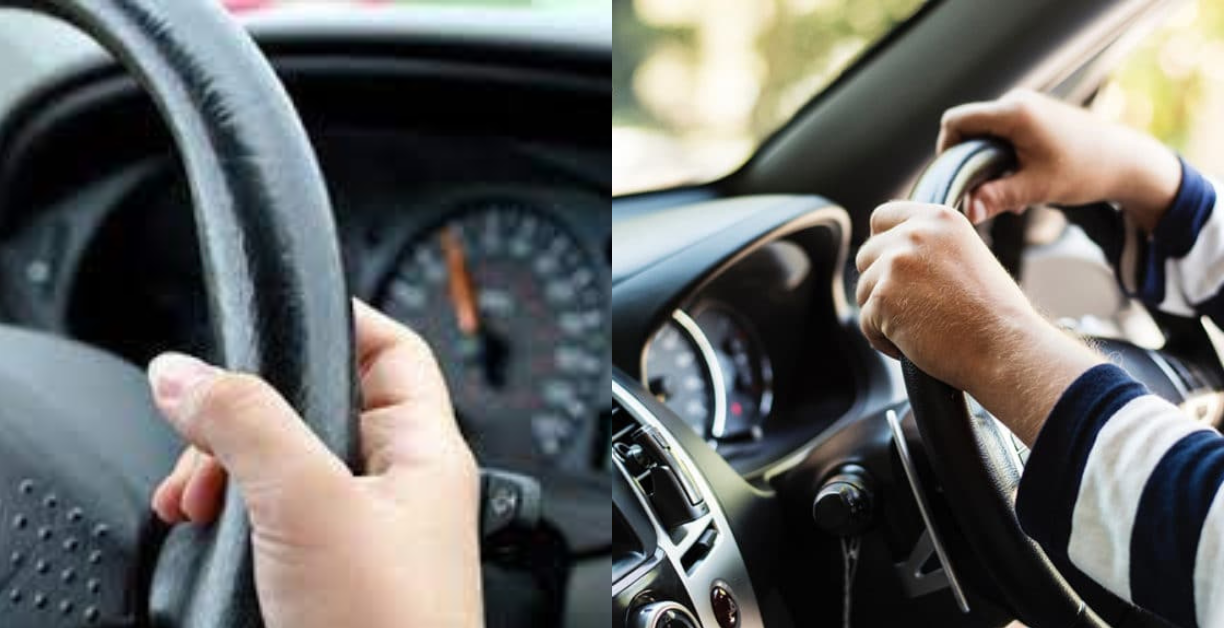If you’re going a long distance, and you want to know how frequently should you take breaks when driving long distances
you should take a break for at least fifteen minutes every two hours. Every four and a half hours, take regular breaks to rest for at least forty-five minutes in order to avoid weariness and stay awake. Plan rest stops around every 100 miles while travelling a long distance by car. Don’t drive more than nine hours a day.
how frequently should you take breaks when driving long distances
After a long day of driving, you should take a longer break that lasts at least thirty minutes to make sure you get adequate rest. We’ll discuss a few of the risks related to driving while tired.
When going on a road trip, how long should you drive to find the sweet spot?
You should only drive nine hours a day when on a road trip in order to minimise the risks involved. You can extend this to 12 hours if you have many drivers. On the other hand, you might not appreciate the journey if you spend the entire day driving. If you can, aim to drive for no more than eight hours.
When embarking on a road trip for vacation, aim to limit the average daily driving duration to 4 hours or less in order to explore as many locations as possible without spending excessive amounts of time in the car. One of my most crucial pieces of advice for organising the ideal road vacation is this.
How frequently should you pull over when driving to stretch?
To keep your body moving and prevent lower back pain when travelling, get out of the car every two hours and stretch for at least five minutes. Rest areas are excellent locations to exercise, stretch, and walk to increase blood flow and release your body from the stationary position that driving has put it in for extended periods of time.
Keep in mind that small children and pets need more stops to stretch during your journey. You might also touch your toes, star jump, or stroll swiftly.
If you get back pain during long drives, you might want to look into this lumbar support for your vehicle seat.

Read more
how long does it take to swim a mile
On a road trip, how often should you stop for gas?
To know how frequently should you take breaks when driving long distances
on a road journey, it would be ideal to pause every three hours to refuel and get some fresh air. It is a good idea to map out your itinerary in order to locate the most affordable petrol stations and make these stops. This lets you know that you have enough petrol and that you can change your plans in case anything interesting comes up.
To avoid paying more than normal, it would be ideal to fill up your tank during a period when petrol costs are low along your journey. It’s a good idea to have lunch away from the highway, where costs are typically less. Check out our guide on estimating petrol costs if you want to learn more for a road trip.
how frequently should you take breaks when driving long distances
It is advised to stop for a break every two hours or 100 miles, whichever comes first, when travelling long distances by car. You can rest, stretch your legs, and fight exhaustion during these periods. Maintaining your alertness when driving is essential for your safety and wellbeing, and taking regular breaks helps avoid driver fatigue, which can impede reaction times and decision-making.
Maintaining your car is not the only thing you need to do to ensure your safety on lengthy travels; you also need to prioritise your own health by taking deliberate stops. During long travels, the general rule is to pull over every two hours or every 100 miles, whichever comes first.
Extended durations of nonstop driving may result in driver weariness, which is a primary cause of traffic accidents. Regular breaks allow you to stretch your legs, clear your head, and regain attention, which helps fight against this fatigue. Sitting for extended periods of time can lead to physical strain and discomfort; however, taking brief intervals can help relieve this discomfort.
Fatigue is an important safety problem since it can slow down reaction times and decision-making skills. Breaks operate as a preventative strategy against the onset of fatigue, lowering the likelihood of accidents brought on by sleepy driving. Think about going for a stroll, performing some mild exercise, or just unwinding for a short while during breaks. These exercises improve blood flow and raise consciousness levels all around.

Every two hours or every 100 miles is the suggested frequency of breaks, based on the knowledge that this interval finds a compromise between providing for enough rest and keeping a continuous driving rhythm. It is consistent with the understanding that extended driving times can result in a decline in focus and awareness.
Breaks also provide a time to evaluate your physical and mental health. It can indicate that you require longer stretches of rest if you start to feel too tired or sleepy. Put your health first by paying attention to your body’s signals of exhaustion and acting quickly to avoid danger.
I understand you have got your answer of how frequently should you take breaks when driving long distances.To summarise, a critical component of road safety is the frequency of breaks taken during long-distance driving. Drivers can reduce their risk of fatigue and make travel safer and more pleasurable by following the recommendation to take a break after two hours or every 100 miles.















